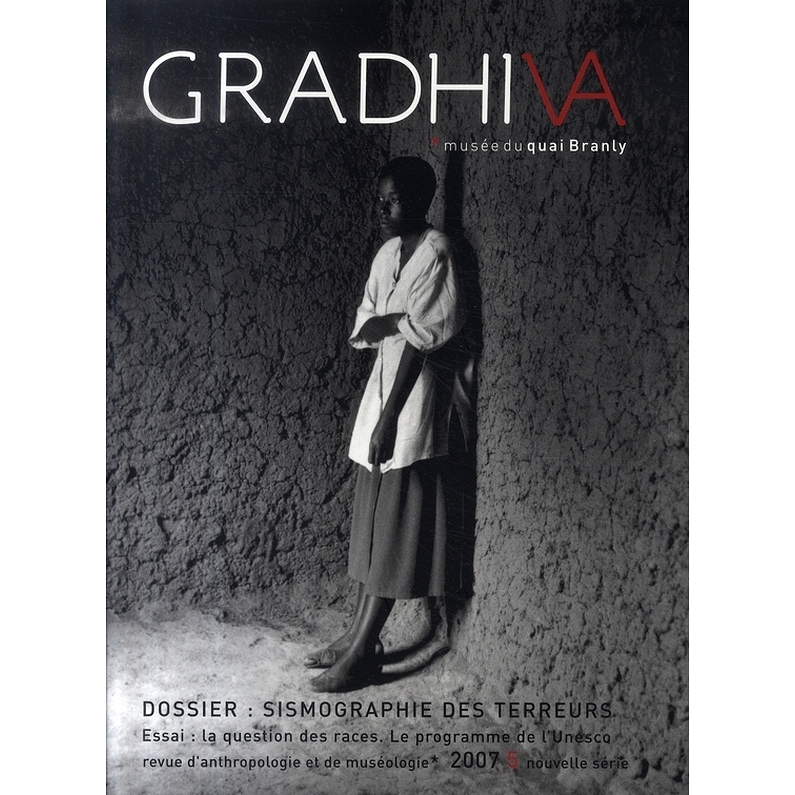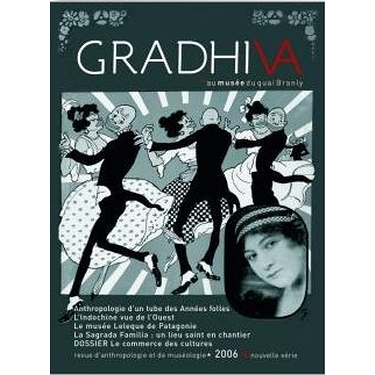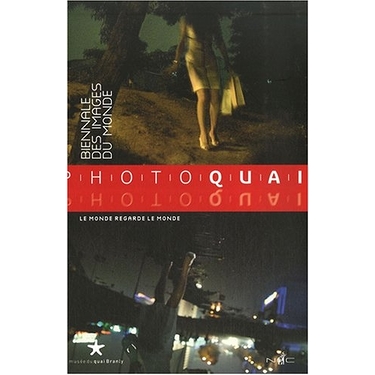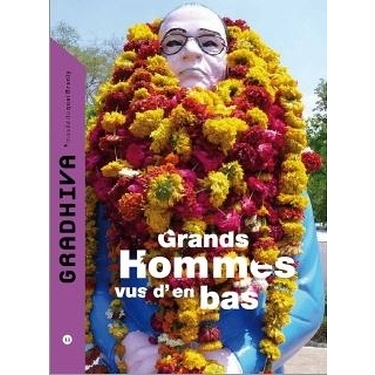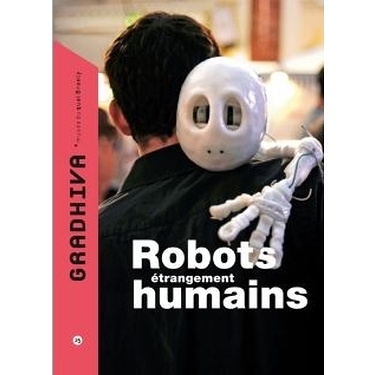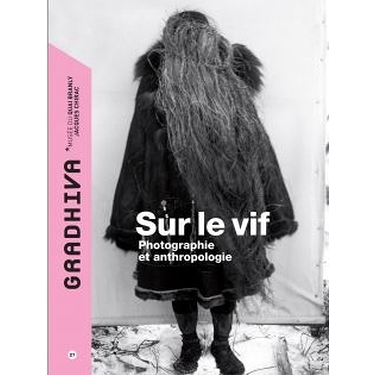Description
After the Second World War, Europe and the Western world are struggling to watch the monstrous event of genocide. But in recent decades, the trend has tended to reverse. An injunction is imperative: "Never again! In addition to the slow awareness of the Holocaust, other conflicts and other extreme violence are being re-branded as "genocides". Gradually, "places of memory" are arranged on the site of "crime" or exposed in museums. This politics of memory invites to memorial, religious or civil cults. How to tear an image out of disaster; also to render justice to the victims; finally, to show the violence and the abjection of the Event, without always being able to make it intelligible. Today, the omnipresence of a past that one declines in terms of commemoration, compassion, repentance or repair, fills and overflows these places of memory. The memory of the past has become an issue in international relations as well as an instrument of nationalism and "global governance". This "Seismographie des terreurs" dossier is supplemented by a study of a post-war Unesco program on racism.
Characteristics
- Number of pages
- 140
- Dimensions
- 27 cm x 20 cm x 1 cm
- Publisher
- Musée du quai Branly - Jacques Chirac
- Categories
- Bookshop & Media, Quai Branly's Editions, Reviews

